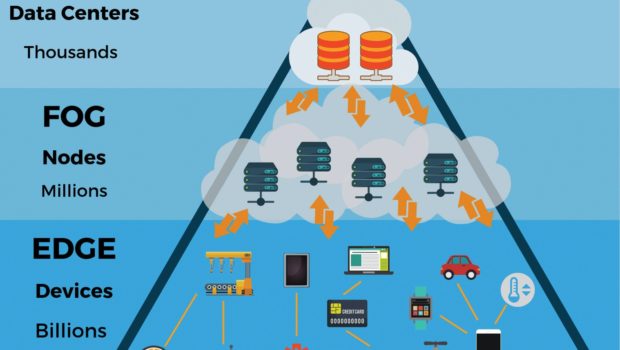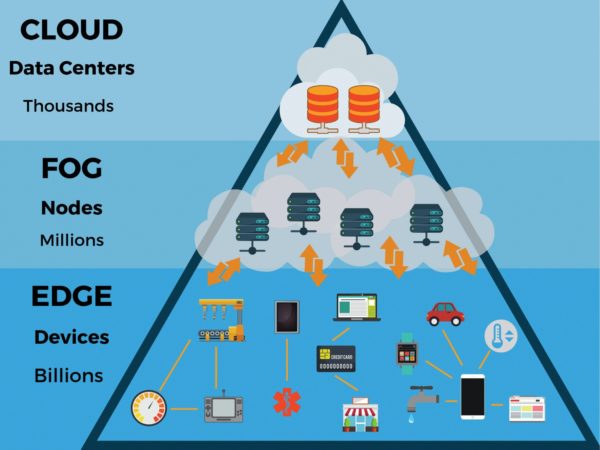Uncover the Potential of Edge Computing: What Your Organization Needs to Know
While some companies understand the customer is most important, they suffer from short-sightedness syndrome in consumer satisfaction management matters. Narrow-minded business approaches settle in the present and ignore future happenings, making scalability challenging and overwhelming. As such, customer experience suffers, causing negative impacts on your company’s bottom line.
How can you measure a company’s inadequate preparedness concerning customer experience? Impulsive decision making, focusing on the erroneous outcomes, keeping employees out of the loop, silos information inadequacies are all red flags that often result in customer dissatisfaction.
In today’s high-stake, competitive tech world, it’s a pity to see businesses ignore the power of rock-solid customer relationships. In doing so, companies with high-potential are bound to suffer a slow and certain death. Customer experience is vital in cultivating loyalty and creating demand in the present and in the future. On the flip side, by neglecting consumer satisfaction, clients will likely take their business elsewhere. Unlock your potential by implementing edge computing and reap the benefits of streamlined system management.
Benefits of edge computing
Given that customers are the lifeblood of any business, it’s critical to focus time and energy on satisfaction and relations. A vital step in improved satisfaction relies on technologies— like edge computing— to set your businesses apart from the rest.
Like cloud and IoT, edge computing is a tech-space buzzword that brings data computation and storage closer to personal devices instead of sending secure information across thousands of miles to remote servers. Simply put, edge solutions—like those offered by SUSE —decrease distances between processing points and the consumption points, leading to numerous benefits.
Minimizes latency
In a world where instant gratification and demand for immediate information are highly valued, high-speeds are game-changers. That said, you’ll need to improve network latency to enhance customer experiences.
What is latency? In simplified language, latency is a computing delay caused by user action and resulting response times. For example, the processing time between an email sent and received or a text-to-speech response delay is considered latent feedback.
Consistent slow wait times and delayed processing speeds can indicate high latency for companies. The culprits? Outdated hardware, slow internet, and server location are among the numerous causes. However, you can improve unwanted network latency with Edge computing solutions that increase network performance by shortening data transfer distance. Implementing edge software can lead to a generation of superior products that enhance customer and employee experience.
Improves security
Brick and mortar cloud computing infrastructure is centralized, making it susceptible to DDoS (distributed denial of service) threats and power outages. In contrast, edge computing administers storage and processing units across various data centers, making it challenging for a single threat to disrupt an entire network.
Scalability
As companies grow, IT infrastructure should expand alongside businesses. While building a dedicated data center is a practical solution, installation and routine maintenance can cost an arm and leg, which is detrimental for companies looking to develop.
Fortunately, edge systems alongside cloud computing enable businesses to scale up their operations without breaking the bank. Edge operations bundle storage and computing network topologies in smaller devices situated near the user’s endpoint. As a result, companies can leverage devices to optimize their network’s capabilities.
Minimized maintenance costs
Instead of centralized and humongous hyper-scale facilities, edge capabilities rely on micro data centers that enable maximum accessibility, modularity, and portability. As a result, companies avoid dispatching maintenance fleets to the field locations, reducing operational costs.
Final word
By bringing critical network capabilities closer to personal users, edge computing reduces data transferred to and from the primary source. This process minimizes latency and increases speed, ultimately resulting in quicker turn-around speeds and increased customer satisfaction, enabling secure access to content anywhere, anytime.

















